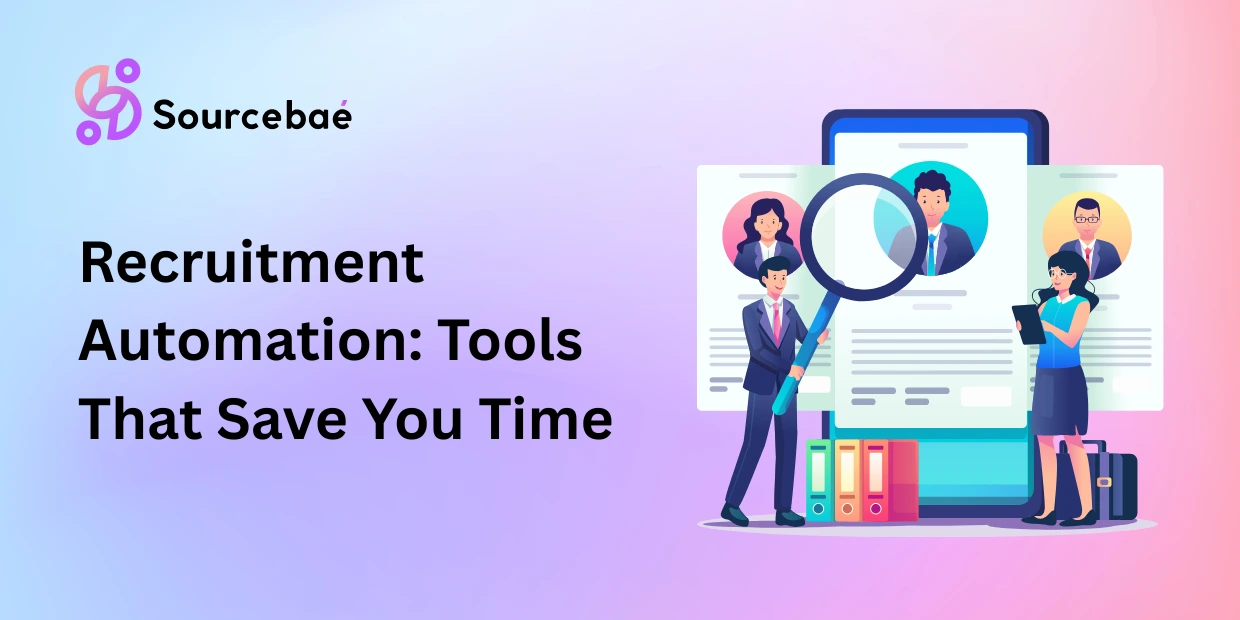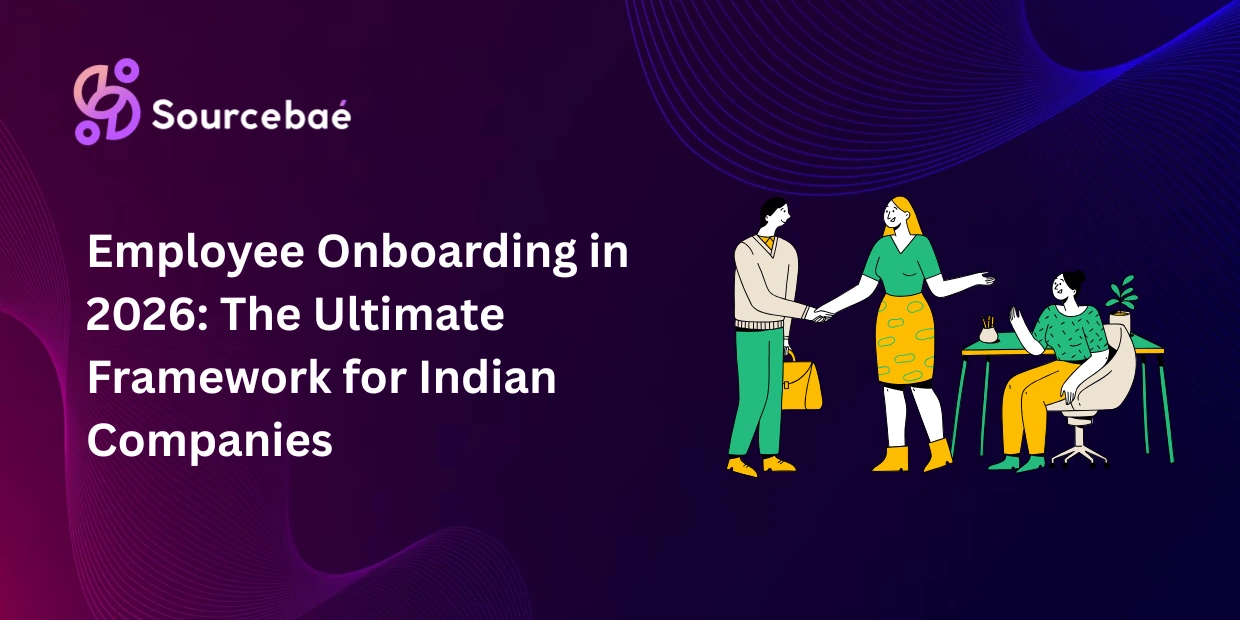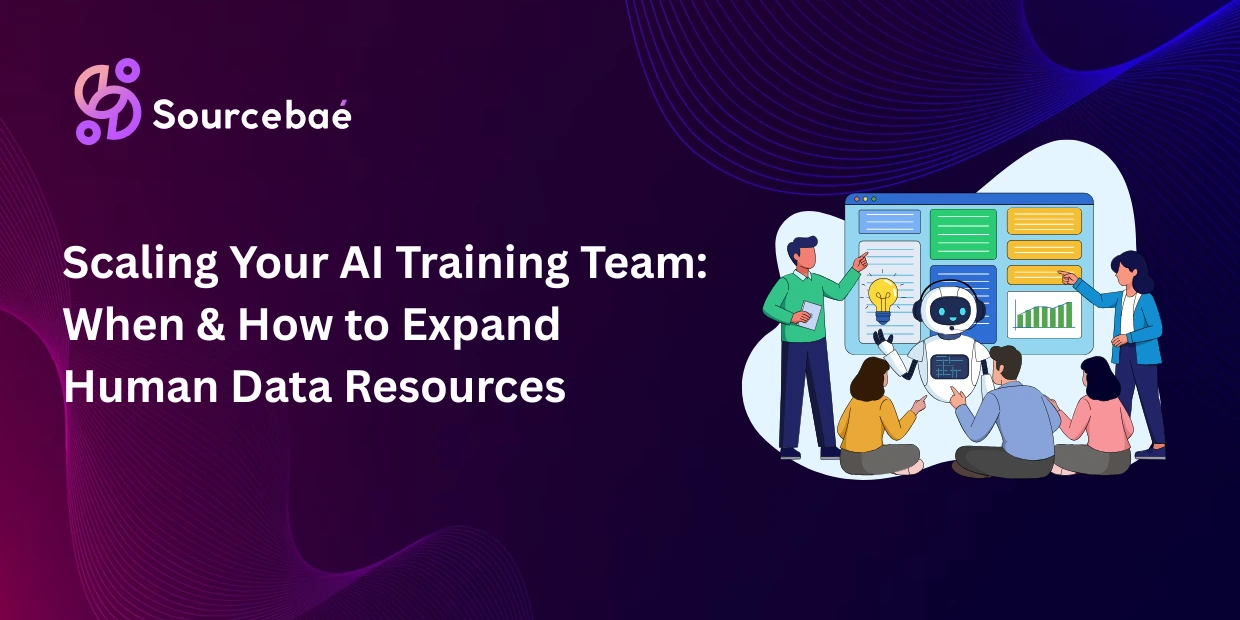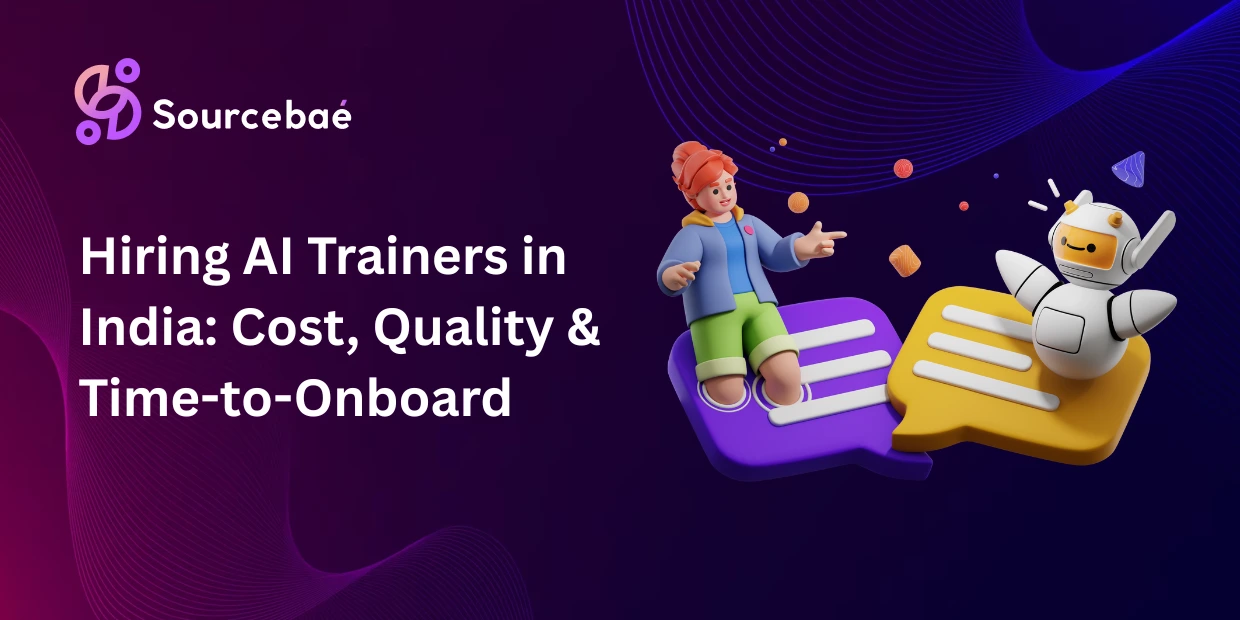In today’s competitive hiring landscape, recruitment automation has become essential for businesses looking to streamline their hiring processes and secure top talent efficiently. With the average company receiving over 250 applications per job posting, manual recruitment methods simply can’t keep pace with modern demands.
Recruitment automation tools use artificial intelligence and machine learning to handle repetitive tasks, allowing HR teams to focus on strategic activities like building relationships and improving candidate experience. This comprehensive guide explores the most effective automation solutions that can transform your hiring process and save valuable time.
What Is Recruitment Automation?
Recruitment automation refers to the use of technology and software to streamline and automate various aspects of the hiring process. This includes everything from posting job openings and screening resumes to scheduling interviews and managing candidate communications.
Modern recruitment automation tools leverage artificial intelligence, machine learning, and workflow automation to handle time-consuming administrative tasks that traditionally required manual effort. These systems can automatically parse resumes, rank candidates based on predefined criteria, send personalized emails, and track applicant progress through the hiring pipeline.
Key Components of Recruitment Automation
Applicant Tracking Systems (ATS) serve as the foundation of most recruitment automation efforts. These platforms centralize candidate data, automate job postings across multiple channels, and provide tools for collaboration between hiring managers and recruiters.
AI-powered screening uses natural language processing to analyze resumes and match candidates against job requirements. This technology can identify relevant skills, experience, and qualifications while filtering out unqualified applicants automatically.
Automated communication workflows handle routine correspondence with candidates, including application confirmations, status updates, and interview scheduling. This ensures consistent communication while reducing the administrative burden on recruiting teams.
Top Recruitment Automation Tools for 2025
Enterprise Solutions
Workable offers comprehensive recruitment process automation with AI-powered sourcing, automated resume screening, and one-click job posting to over 200 job boards. Starting at $129 per job per month, it includes customizable workflows and interview scheduling automation.
Greenhouse provides robust talent acquisition tools with automated job posting, AI-driven scoring, and workflow automation for interviews and feedback collection. The platform offers custom pricing based on organizational size and needs.
Lever combines ATS and CRM capabilities, helping recruiters build long-term candidate relationships while supporting diversity and inclusion initiatives through detailed analytics. It includes seamless HRIS integrations and comprehensive reporting features.
Mid-Market Solutions
Zoho Recruit merges ATS and CRM functionality in a single platform, offering automated resume parsing, AI-powered matching, and workflow automation. Plans start at $25 per user per month, making it accessible for growing businesses.
Manatal leverages AI to create detailed candidate profiles using social media and public data, then recommends the best-fit candidates. Starting at $15 per user per month, it offers cross-device accessibility and transparent uptime reporting.
Recruiterflow specializes in staffing agencies with drag-and-drop workflows, advanced search capabilities, and automation tools that have helped clients achieve 50% more placements while saving over 270 days of effort annually.
Specialized Automation Tools
Paradox features conversational AI assistant “Olivia” that automates candidate engagement through chat, handling pre-screening and interview scheduling. It’s particularly effective for high-volume hiring in retail and healthcare industries.
Fetcher combines AI and human expertise for automated candidate sourcing and outreach, with diversity-focused sourcing capabilities. Plans start at $379 per month and include smart recruitment analytics.
SeekOut specializes in sourcing passive candidates and supporting internal mobility with built-in diversity tracking and powerful AI matching tools. It helps companies strengthen both external recruiting and internal development programs.
Key Benefits of Recruitment Automation
Time and Cost Savings
Recruitment automation can reduce time-to-hire by up to 70% while cutting recruiting costs significantly. Automated resume screening alone can process hundreds of applications in minutes rather than hours or days of manual review.
By eliminating manual tasks like data entry, scheduling coordination, and status updates, HR teams can reallocate their time to high-value activities such as candidate relationship building and strategic workforce planning.
Improved Accuracy and Consistency
Automated systems eliminate human error in data entry and ensure consistent evaluation criteria across all candidates. ATS software maintains accurate records and generates timely compliance reports, reducing the risk of regulatory violations.
AI-powered screening applies the same evaluation standards to every application, removing unconscious bias and ensuring fair consideration for all candidates. This consistency improves the quality of hiring decisions and supports diversity initiatives.
Enhanced Candidate Experience
Recruitment automation provides faster response times and more transparent communication throughout the hiring process. Candidates receive immediate application confirmations and regular status updates, creating a more professional and engaging experience.
Automated interview scheduling eliminates the back-and-forth emails typically required to coordinate meetings, allowing candidates to book available time slots instantly. This responsiveness can be crucial in securing top talent who may have multiple opportunities.
Scalability and Growth Support
As organizations grow, recruitment automation tools scale seamlessly without requiring proportional increases in HR staff. Flexible platforms allow teams to add, modify, or replicate workflows as needed, accommodating business expansion without overwhelming existing resources.
Automated systems can handle high-volume hiring periods such as seasonal recruitment or rapid expansion, maintaining quality standards even when processing thousands of applications.
Essential Features to Look For
Resume Parsing and Screening
Advanced resume parsing technology extracts relevant information from candidate applications and creates structured profiles automatically. Look for tools that can handle multiple file formats and languages while maintaining high accuracy rates.
Automated candidate screening should include customizable knockout questions, skills assessments, and ranking algorithms that align with your specific job requirements. The best systems allow you to adjust scoring criteria and weighting for different roles.
Workflow Automation
Comprehensive workflow automation capabilities should cover the entire recruitment lifecycle, from job posting to onboarding. This includes automated email sequences, task assignments, and approval processes that keep hiring moving smoothly.
Integration with existing HR systems, calendars, and communication tools ensures seamless data flow and eliminates duplicate data entry. Look for platforms that offer pre-built integrations with popular business software.
Analytics and Reporting
Robust analytics provide insights into recruitment metrics such as time-to-fill, cost-per-hire, source effectiveness, and candidate quality. These data-driven insights help optimize recruitment strategies and demonstrate ROI to stakeholders.
Advanced reporting features should include customizable dashboards, automated report generation, and the ability to track diversity metrics and compliance requirements. This transparency supports continuous improvement and strategic decision-making.
Collaboration Tools
Effective collaboration features enable hiring managers, recruiters, and other stakeholders to work together efficiently. This includes shared candidate notes, feedback collection systems, and approval workflows that keep everyone aligned.
Real-time updates and notifications ensure all team members stay informed about candidate progress and important decisions. Mobile accessibility allows hiring managers to review candidates and provide feedback from anywhere.
Implementation Best Practices
Planning and Preparation
Before implementing recruitment automation, conduct a thorough assessment of your current hiring processes to identify bottlenecks and inefficiencies. Map out your ideal candidate journey and determine which stages would benefit most from automation.
Establish clear success metrics and benchmarks to measure the impact of automation on your recruitment outcomes. This might include time-to-hire, candidate quality scores, recruiter productivity, and hiring manager satisfaction.
Change Management
Successful automation implementation requires buy-in from all stakeholders, including recruiters, hiring managers, and IT teams. Provide comprehensive training on new tools and processes, emphasizing how automation will enhance rather than replace human expertise.
Start with pilot programs focusing on high-volume or repetitive processes before expanding automation to more complex hiring scenarios. This gradual approach allows teams to adapt while minimizing disruption to ongoing recruitment activities.
Data Quality and Maintenance
Recruitment automation tools rely on high-quality data to function effectively. Establish data governance practices including regular database cleaning, duplicate removal, and profile updates to ensure accurate matching and reporting.
Create standardized job descriptions and requirements templates to improve consistency in automated screening and matching processes. Regular audits of automation rules and criteria help maintain relevance as job requirements evolve.
Continuous Optimization
Monitor automation performance regularly and adjust parameters based on outcomes and feedback. Track metrics such as false positive rates in screening, candidate drop-off points, and hiring manager satisfaction to identify areas for improvement.
Stay updated with new features and capabilities from your automation platform vendors. Regular system updates and feature adoption can provide additional efficiency gains and competitive advantages.
ROI and Performance Measurement
Key Metrics to Track
Time-to-hire typically shows the most dramatic improvement from recruitment automation, with many organizations seeing reductions of 50-70%. Track this metric by role type and seniority level to understand automation’s varying impact across your organization.
Cost-per-hire calculations should include both direct costs (software subscriptions, implementation) and indirect savings (reduced recruiter time, faster hiring). Factor in improved retention rates from better candidate matching when calculating long-term ROI.
Recruiter productivity metrics include the number of qualified candidates sourced per hour, interviews scheduled per week, and successful placements per month. These efficiency gains often justify automation investments within the first year.
Candidate quality scores help measure whether automation improves or maintains hiring standards while increasing efficiency. Track metrics such as performance ratings, retention rates, and promotion rates for candidates hired through automated processes.
Hiring manager satisfaction surveys provide qualitative feedback on whether automation improves the overall experience for internal customers. Consider factors such as candidate quality, process speed, and communication effectiveness.
Compliance and risk reduction benefits include fewer manual errors, improved record-keeping, and better adherence to equal opportunity requirements. These improvements can provide significant long-term value beyond immediate efficiency gains.
Overcoming Common Challenges
Technology Integration
System integration challenges often arise when connecting new automation tools with existing HR systems, payroll platforms, and communication tools. Choose vendors that offer robust APIs and pre-built integrations with your current technology stack.
Data migration from legacy systems requires careful planning to maintain historical candidate information and preserve important relationships. Work with vendors to develop migration strategies that minimize data loss and system downtime.
User Adoption
Resistance to change from recruiters and hiring managers can undermine automation success. Address concerns proactively by demonstrating how automation enhances their effectiveness rather than replacing their expertise.
Provide comprehensive training programs that cover both technical functionality and strategic benefits of automation. Regular refresher sessions and advanced feature training help users maximize the value of new tools.
Maintaining Human Touch
Balance automation efficiency with personalized candidate experience by identifying touchpoints where human interaction adds the most value. Automate administrative tasks while preserving personal connections during interviews and offer discussions.
Customize automated communications to reflect your company’s brand voice and values. Well-crafted templates can maintain personalization while ensuring consistent messaging across all candidate interactions.
Future Trends in Recruitment Automation
AI and Machine Learning Advances
Advanced AI capabilities will continue expanding beyond basic keyword matching to include predictive analytics, personality assessment, and cultural fit evaluation. These technologies will help organizations make more informed hiring decisions while reducing time investment.
Natural language processing improvements will enhance resume parsing accuracy and enable more sophisticated candidate-job matching. Future systems will better understand context, nuance, and transferable skills across different industries and roles.
Voice and Conversational Interfaces
Conversational AI like Paradox’s Olivia will become more sophisticated, handling complex candidate queries and providing instant responses. These systems will support multiple languages and cultural contexts for global hiring initiatives.
Voice-activated workflows will allow recruiters to update candidate records, schedule interviews, and generate reports using natural language commands. This hands-free approach will further increase productivity and reduce administrative burden.
Predictive Analytics
Predictive hiring models will use historical data to identify the most promising candidate sources, optimal job posting timing, and likely hiring success rates. These insights will enable more strategic resource allocation and improved outcomes.
Retention prediction capabilities will help organizations identify candidates most likely to succeed long-term, reducing turnover costs and improving hiring ROI. This shift toward predictive hiring represents the evolution from reactive to proactive talent acquisition.
Getting Started with Recruitment Automation
Assessment and Planning
Begin by conducting a comprehensive audit of your current recruitment processes to identify the most time-consuming and error-prone activities. Document your current metrics including time-to-hire, cost-per-hire, and candidate satisfaction to establish baseline measurements.
Stakeholder alignment is crucial for successful automation implementation. Include recruiters, hiring managers, IT teams, and budget decision-makers in planning discussions to ensure solution requirements meet everyone’s needs.
Vendor Selection
Evaluate recruitment automation tools based on your specific needs, budget, and technical requirements. Consider factors such as ease of use, integration capabilities, scalability, customer support, and total cost of ownership.
Request demonstrations and pilot programs from top vendors to test functionality with your actual job postings and candidate data. This hands-on evaluation helps identify potential issues before making long-term commitments.
Implementation Timeline
Develop a phased implementation plan that starts with basic automation features before adding advanced capabilities. This approach allows teams to adapt gradually while maintaining recruitment continuity during the transition.
Success measurement should include both quantitative metrics (time savings, cost reduction) and qualitative feedback (user satisfaction, candidate experience). Regular check-ins and adjustments ensure the automation delivers expected benefits.
Recruitment automation represents a fundamental shift in how organizations approach talent acquisition, offering unprecedented opportunities to improve efficiency, reduce costs, and enhance candidate experiences. By selecting the right tools and implementing them strategically, businesses can transform their hiring processes and gain significant competitive advantages in today’s talent market.
The key to success lies in balancing automation efficiency with human expertise, ensuring that technology enhances rather than replaces the personal connections that make great hiring possible. As AI and machine learning continue advancing, organizations that embrace recruitment automation tools today will be best positioned to attract and hire top talent tomorrow.





